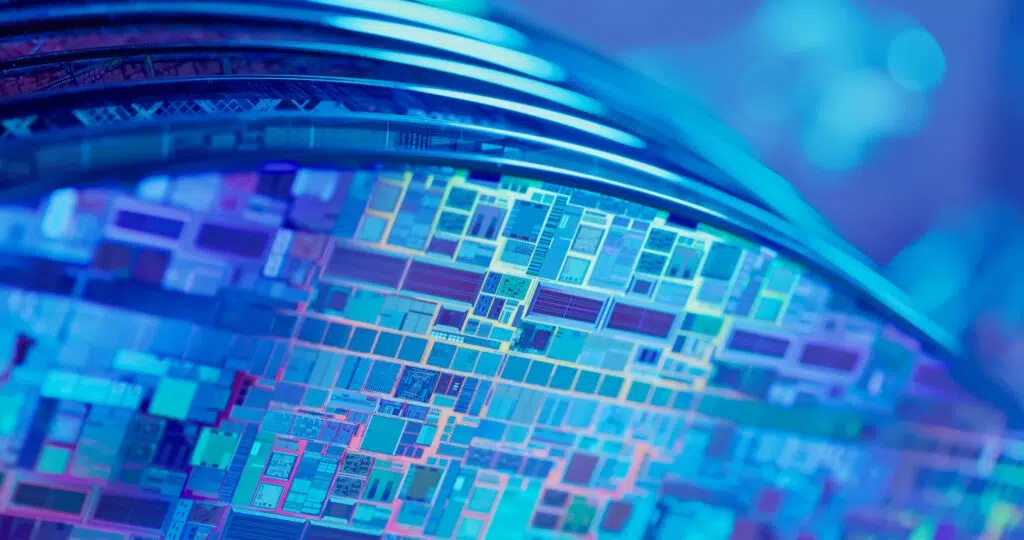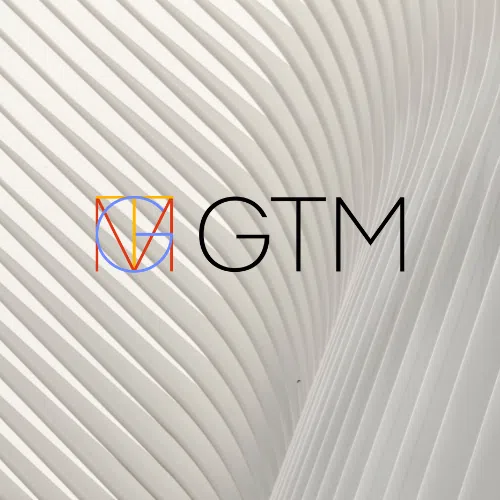When the Large Business and International (“LB&I”) Division of the IRS announced the ASC 730 Directive back in September 2017 (LB&I-04-0917-005) there was much rejoicing throughout the land. The directive was intended to eliminate much of the uncertainty around R&D tax credit claims for LB&I taxpayers. It provided a safe harbor for credit claims by employing a step-by-step method for using audited financial statements as a starting point to dramatically reduce the amount of time spent by taxpayers to calculate credits, the IRS to audit credits, and allow taxpayers to minimize or eliminate their tax credit reserves. The concept was a great idea, and many taxpayers were eager to use it.
In practice, however, it did not materialize as expected. This became clear when the IRS began to audit the safe harbor, and the safe harbor became, well, unsafe. The main issue was that the IRS did not have confidence that even after following the steps per the directive, the calculated qualified research expenses (“QREs”) met the requirements of section 41. There were several reasons for this, including:
- Insufficient internal controls to ensure proper subtractions were made from GAAP R&D expenses, and
- Limited understanding of the taxpayer’s methodology used to apply the directive
As a result, three years later, in September 2020, LB&I released an update to the directive (LB&I-04-0820–0016) with a few key changes, including two to address audit uncertainty: the identification of additional documentation requirements, and the clarification of exam guidance for audit teams. More specifically, in terms of documentation the directive now requires:
- A written narrative describing the methodology and calculations used to subtract certain software development costs (Appendix C line 3a) and GAAP R&D costs that do not qualify for the R&D credit (ASC 730-10-55-2), and
- Substantiation in presentation or written form of Internal Control Over Financial Reporting (“ICFR”) to “mitigate material misstatement of the taxpayer’s expenses reported per financial statements.”
The 2020 directive also now allows the exam team to request more information than what is listed in the directive if they aren’t satisfied the supplied documentation sufficiently substantiates the calculations. The catch for the Service is that for the exam team to request additional information, they must get approval from the territory manager.
Looking Ahead
More documentation, ICFR substantiation, and the potential for even more documentation … so is there any good news?
Yes. The good news is that the new directive is an opportunity for LB&I taxpayers to reassess their R&D tax credit processes and methodologies. By doing so, they can effectively utilize the new directive, reduce time to calculate credits, gain more confidence in the precision of their credit claims, and – here’s the best part – ensure they are maximizing their credits by including all eligible activities.
The safe harbor becoming unsafe was not a huge surprise to many LB&I heads of tax. They have had questions about how to reconcile book to tax R&D numbers for quite some time. The idea that the IRS would have the same questions and concerns should not be a shock to anyone.
But that’s not all. R&D is a critical element of several areas of tax, including federal, state, and international – not just credits. R&D and the development of intellectual property is critical in areas like Foreign Derived Intangible Income (FDII), state sales and use tax exemptions, and transfer pricing.
The 2020 directive is a very convenient excuse to create an efficient, technology-enabled methodology that incorporates accurate internal controls and clearly enables the reconciliation of book to tax R&D. At the same time, links can be made between cost centers contributing to R&D to allow for certainty that all qualified activities are captured by the process. If done effectively, LB&I taxpayers can create a system that calculates and documents the bulk of QREs:
- In real-time,
- More accurately than they ever have before, and
- More efficiently than they ever have before
A comprehensive system can also identify and track relevant data for the related tax areas as well. Identifying R&D costs and cost centers will support FDII calculations, sales and use tax exemption calculations, and transfer pricing positions. It creates an opportunity to address several problems with a single solution.
The net result of implementing a methodology that meets the requirements of the 2020 directive is potentially higher credits for less cost – personnel cost, opportunity cost, and consulting fees while also supporting the tax function as a whole.
Global Tax Management is closely monitoring the implications of new regulations and will continue to update you on any significant changes as they occur. For more information, contact me at jforman@gtmtax.com.




